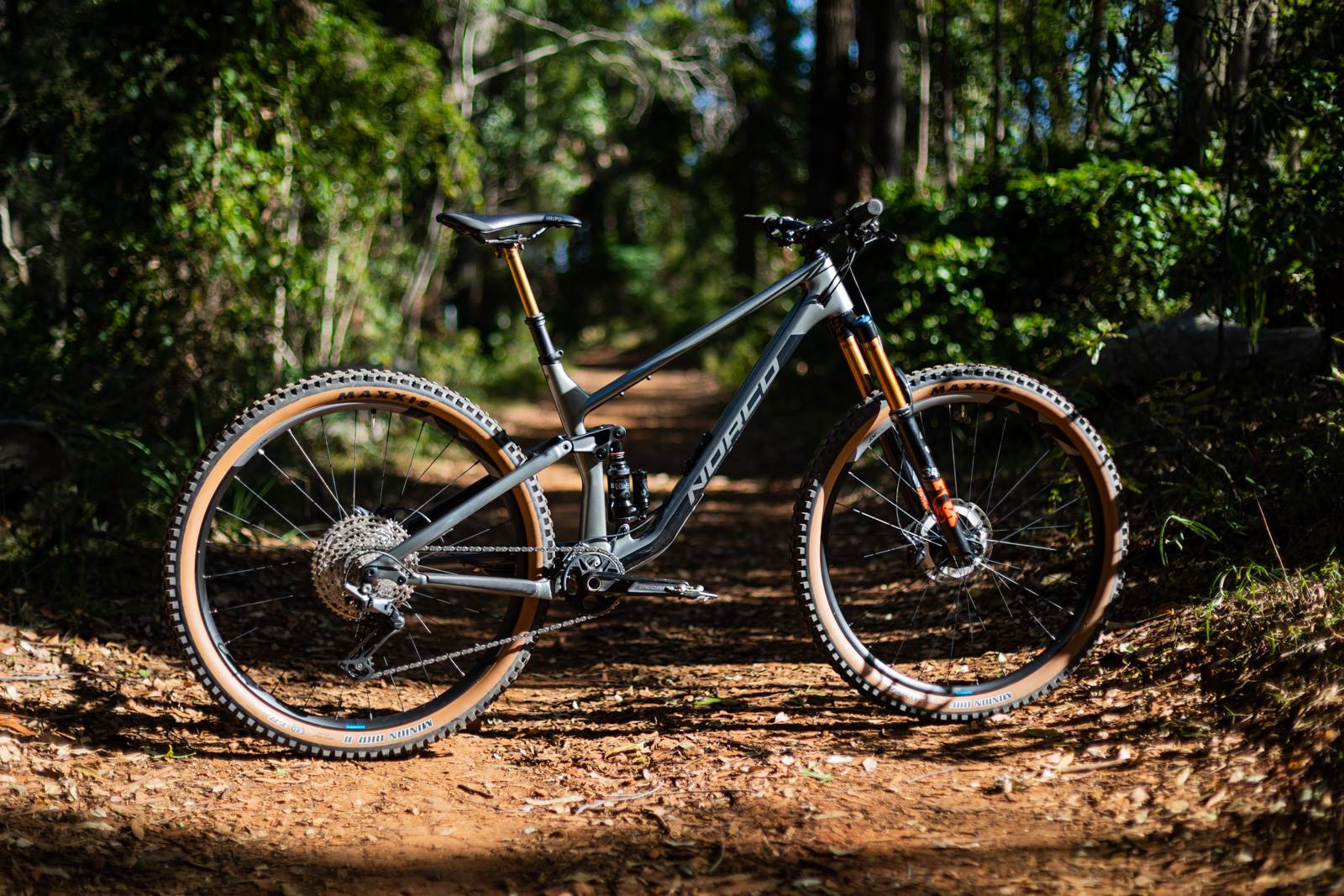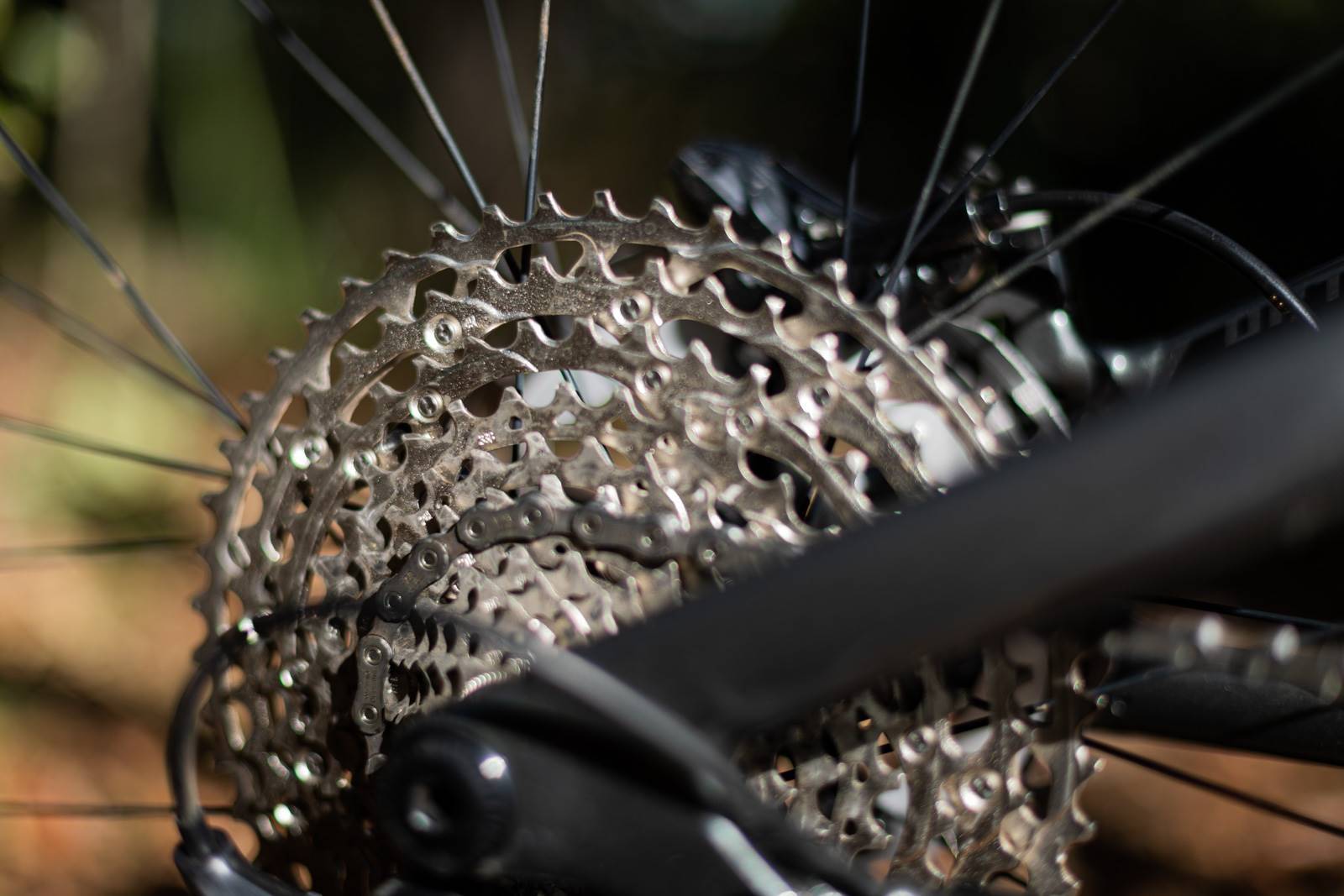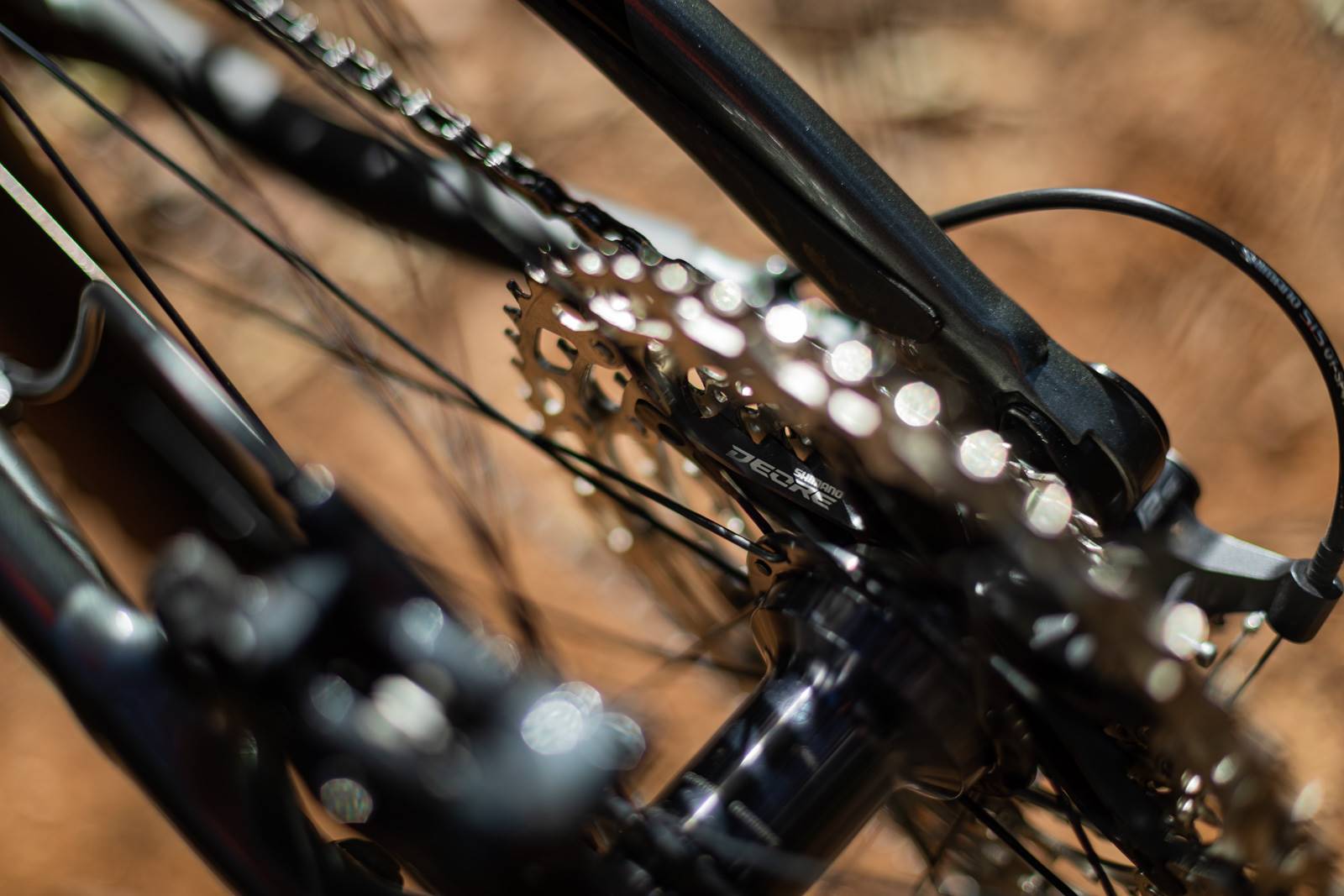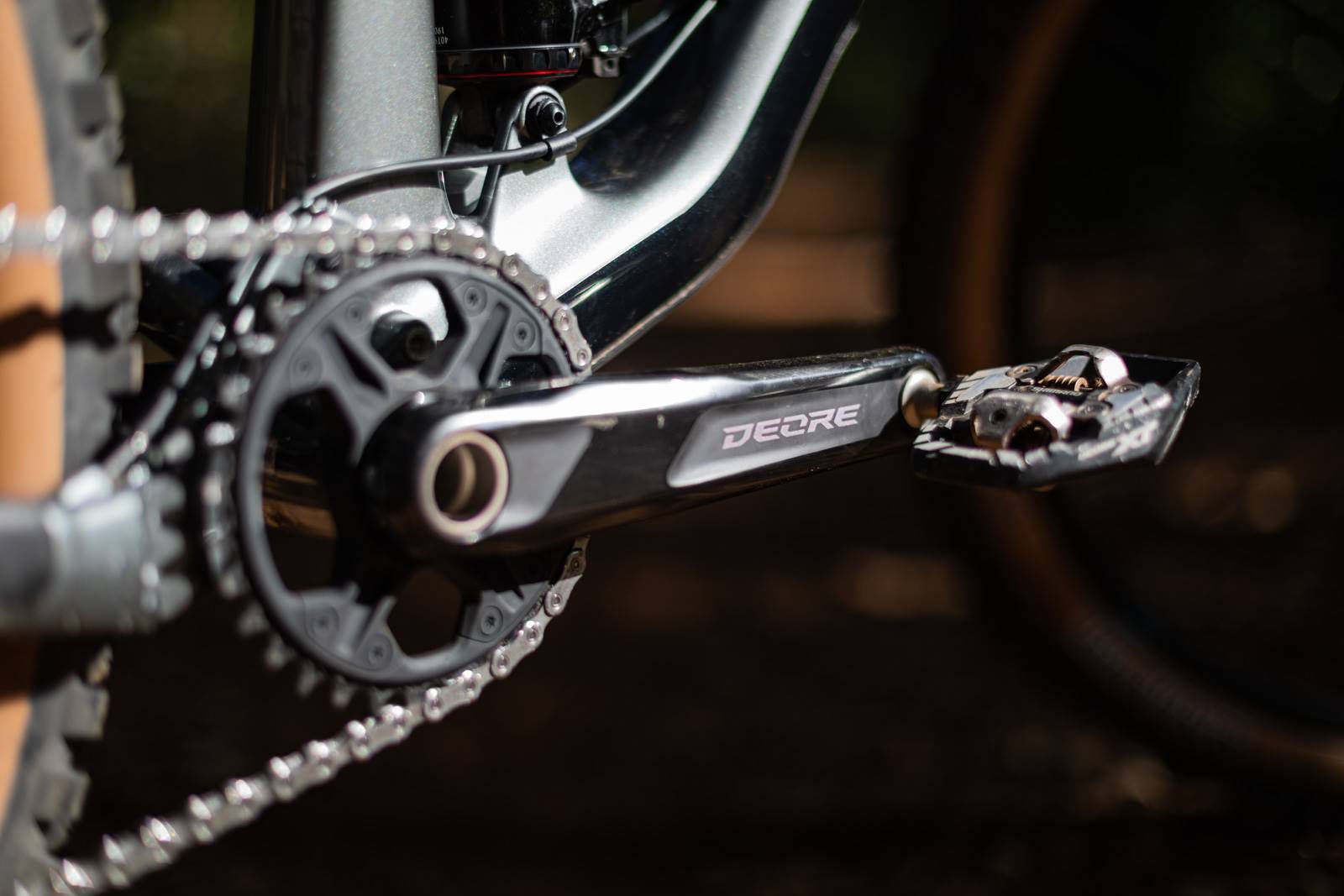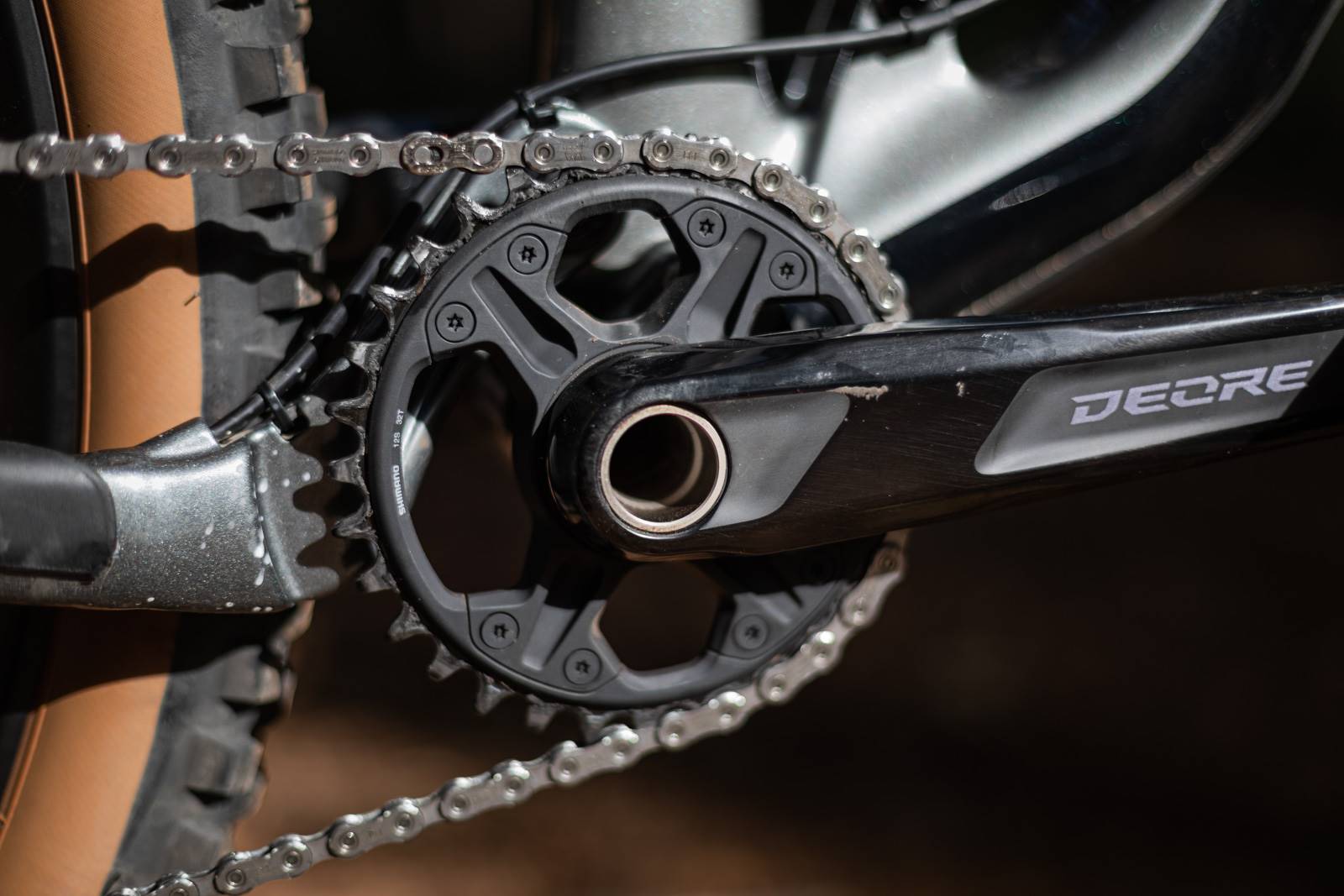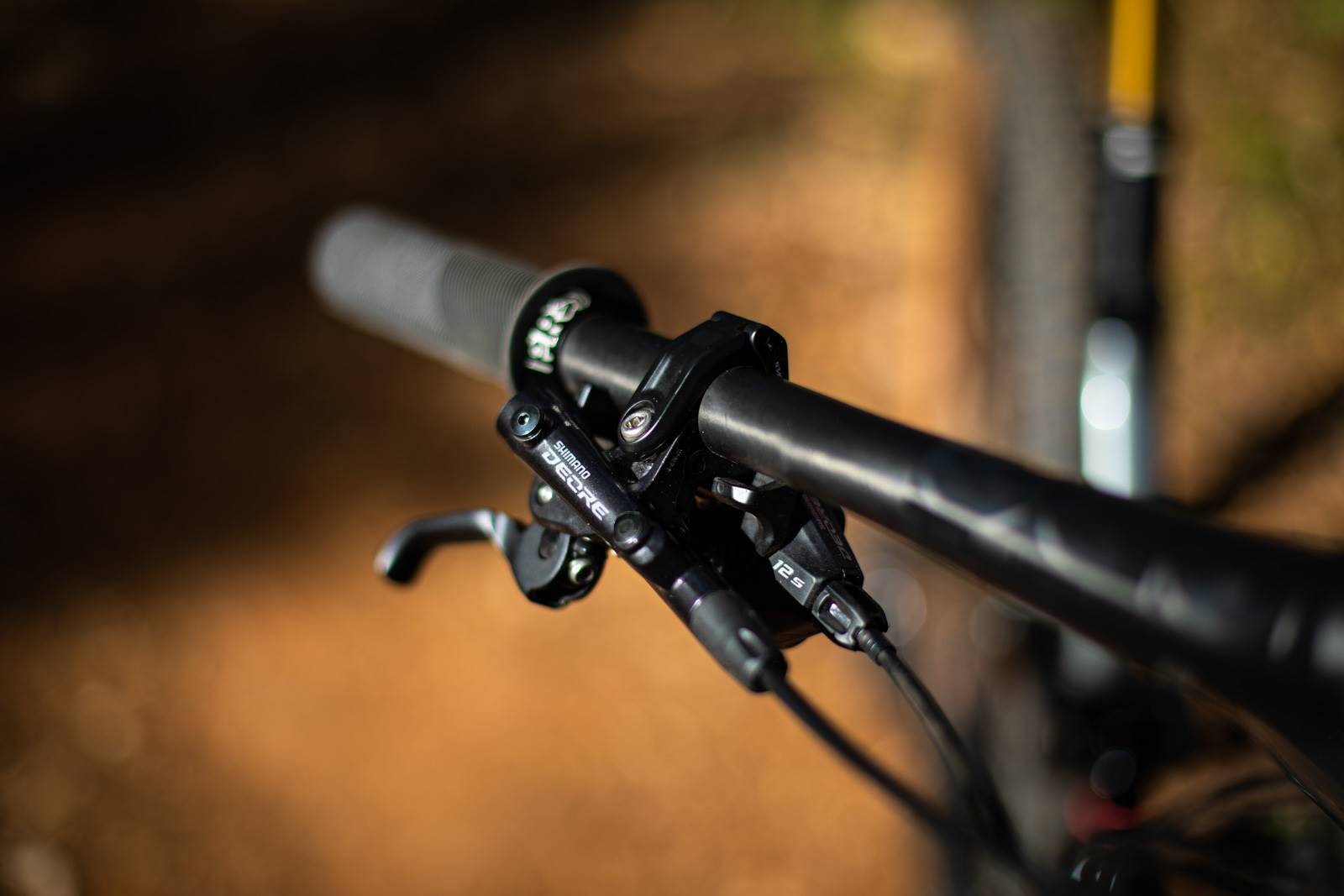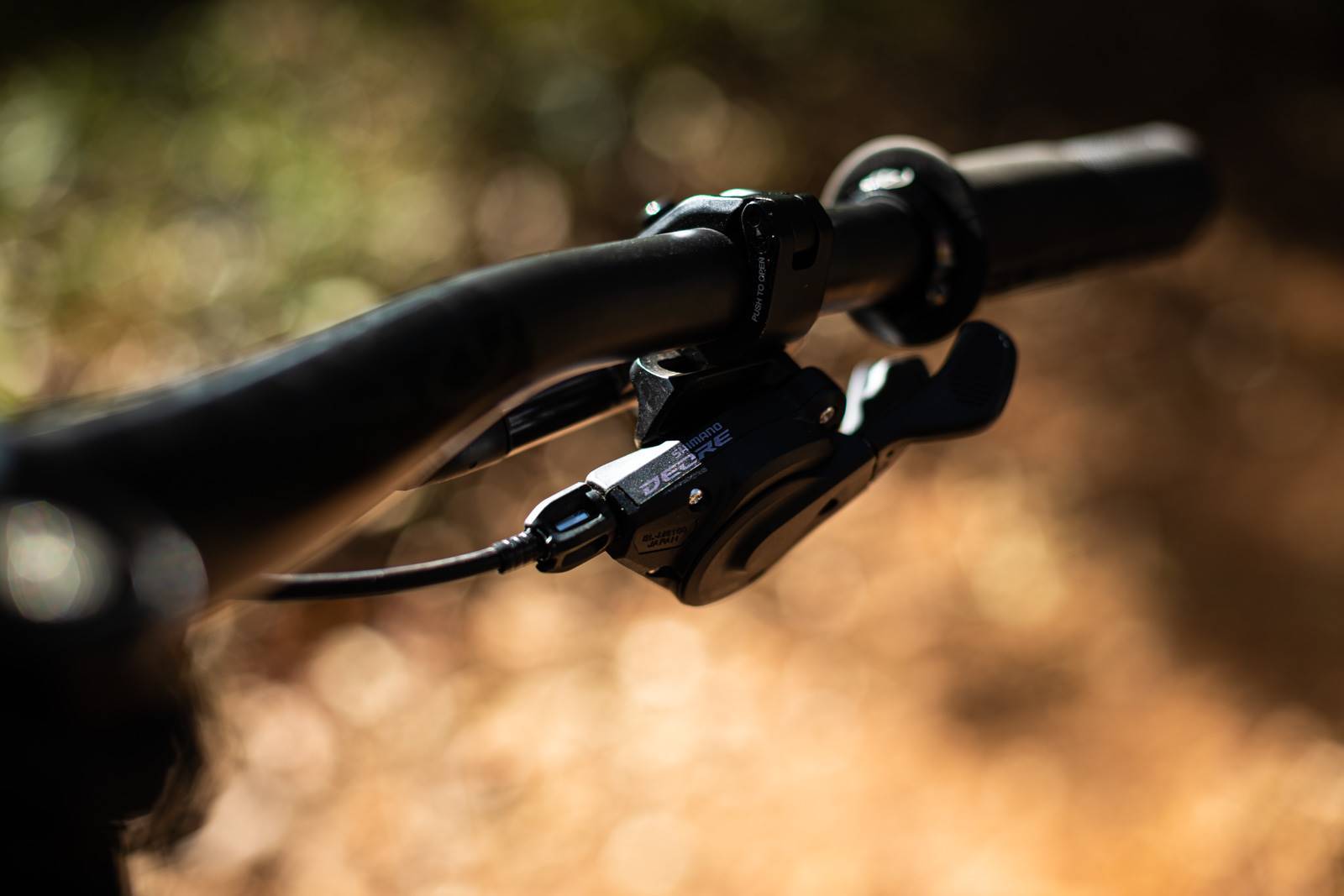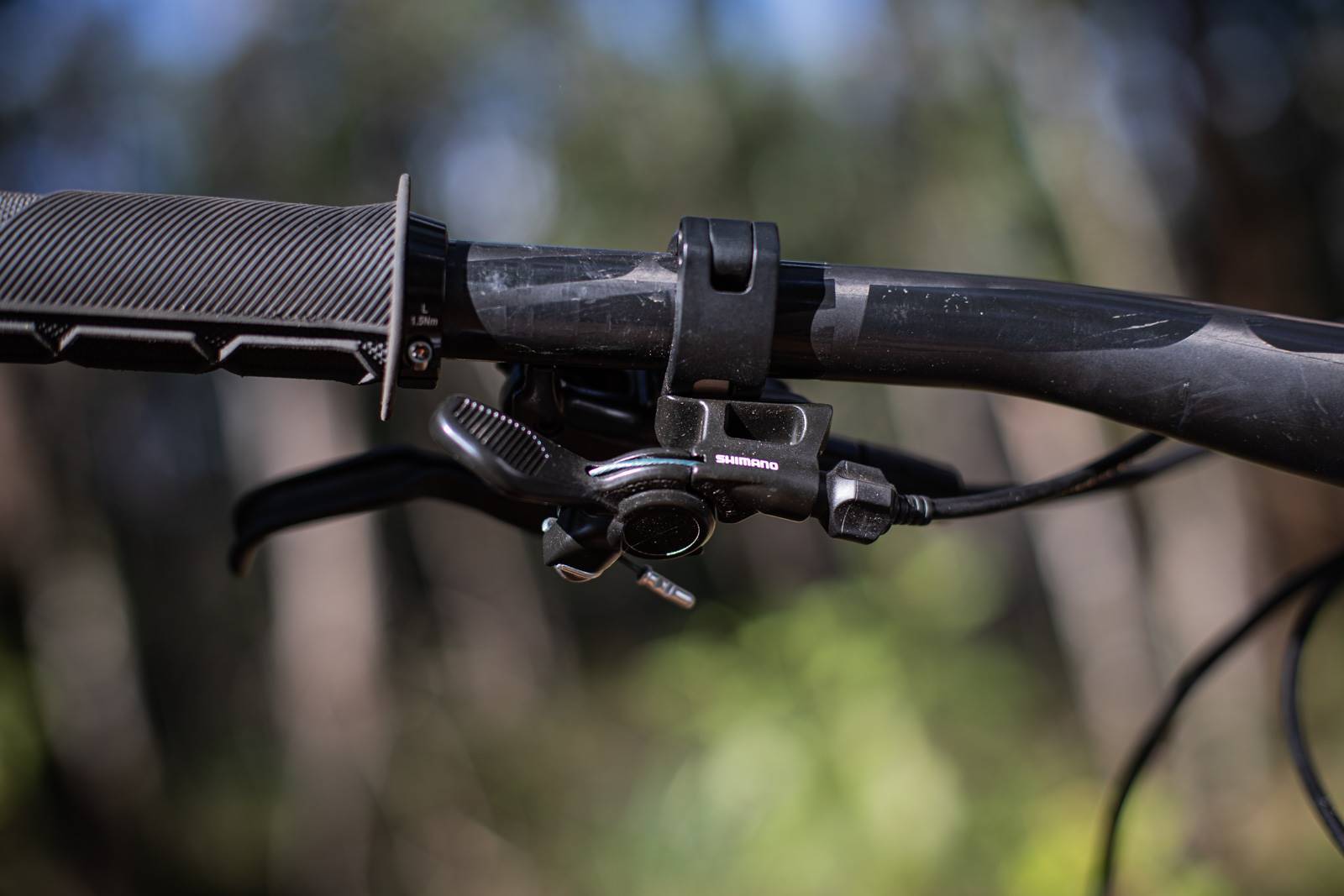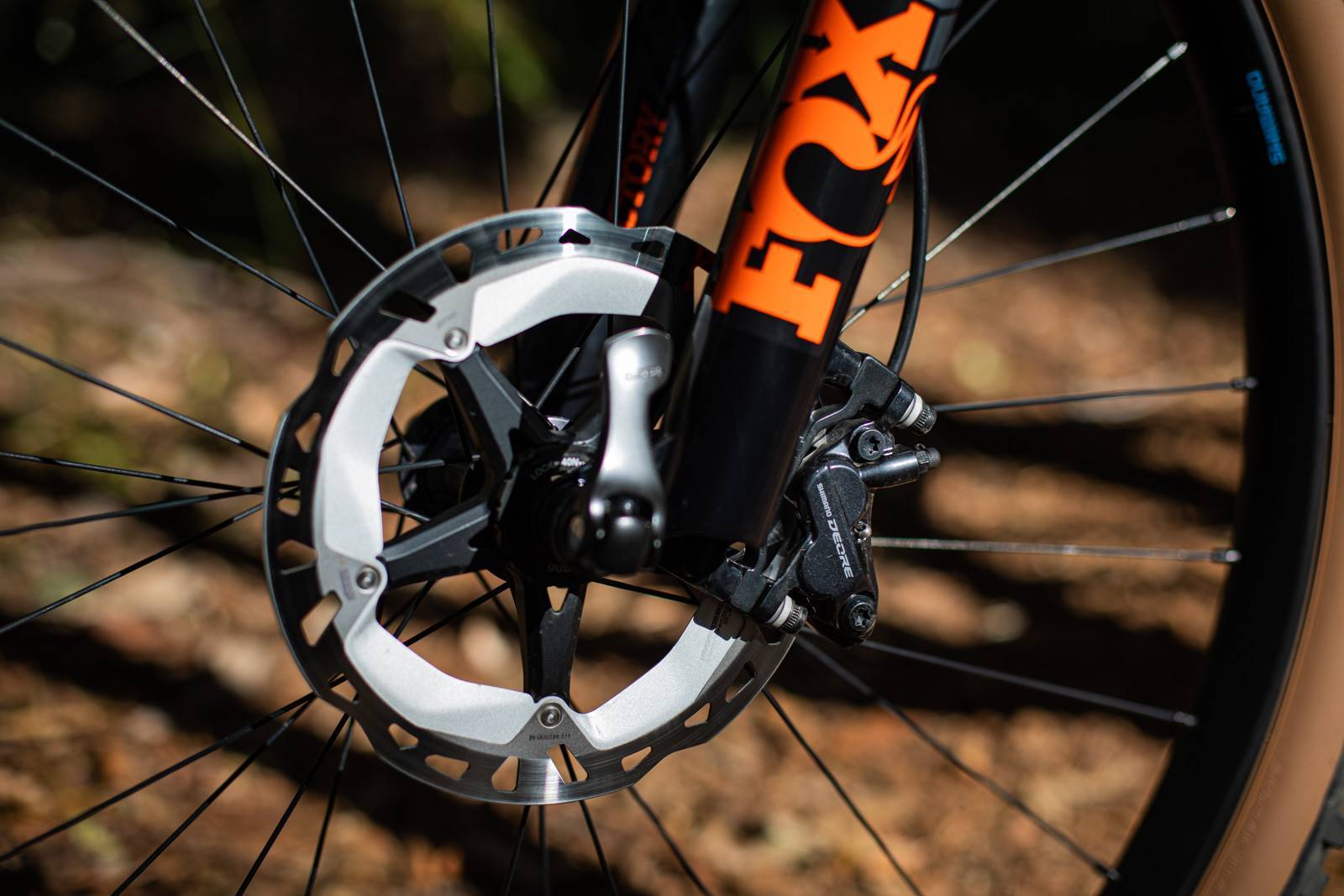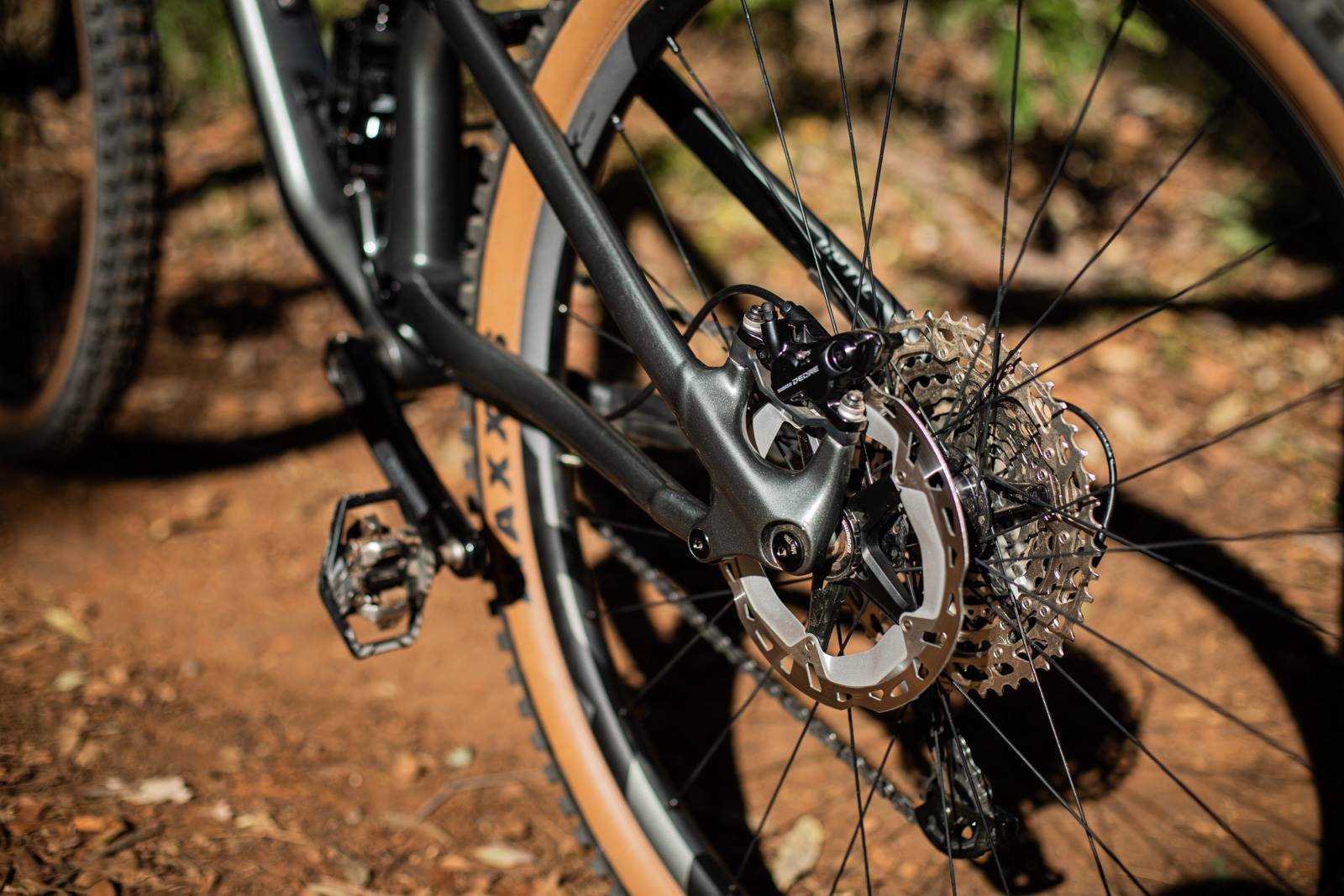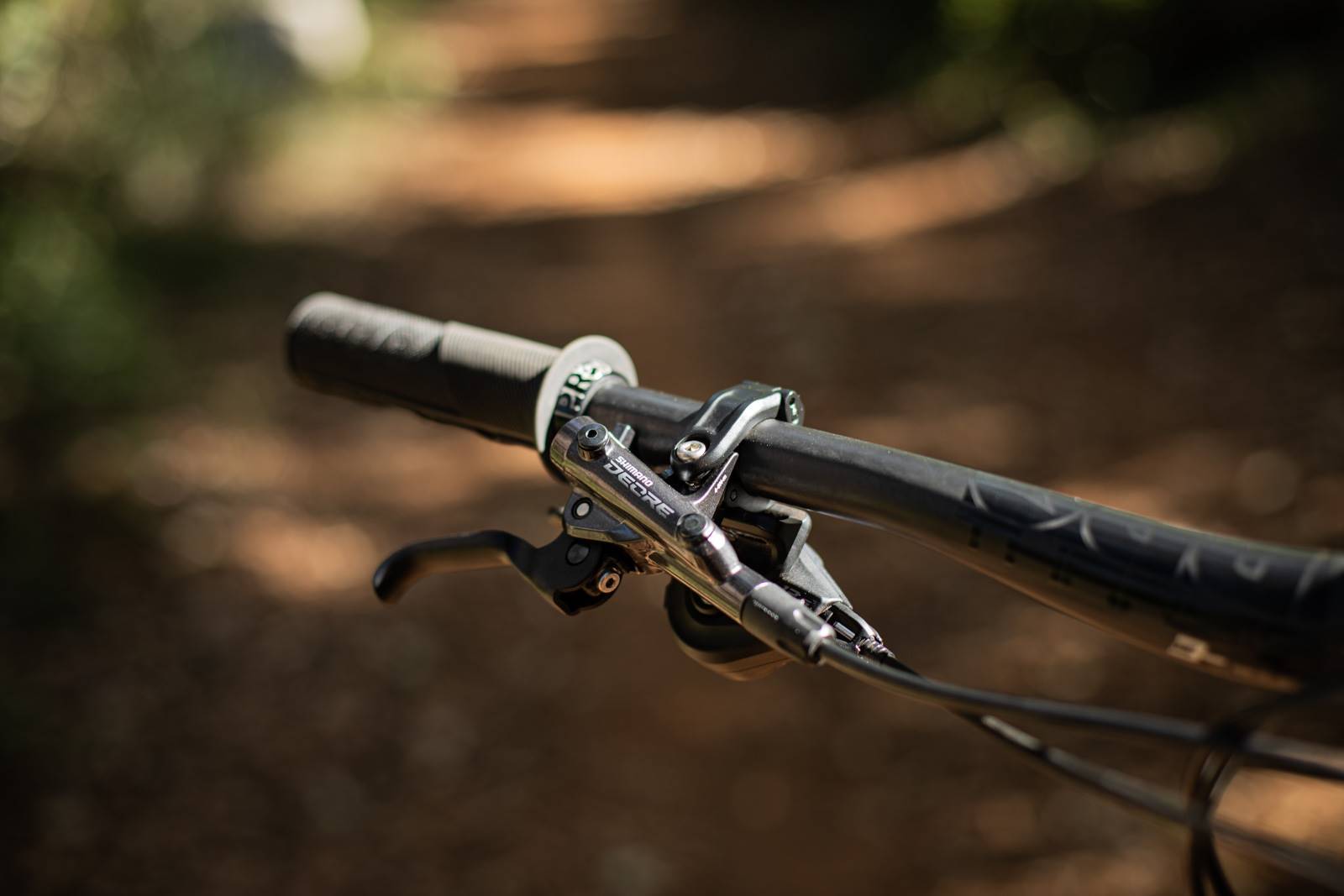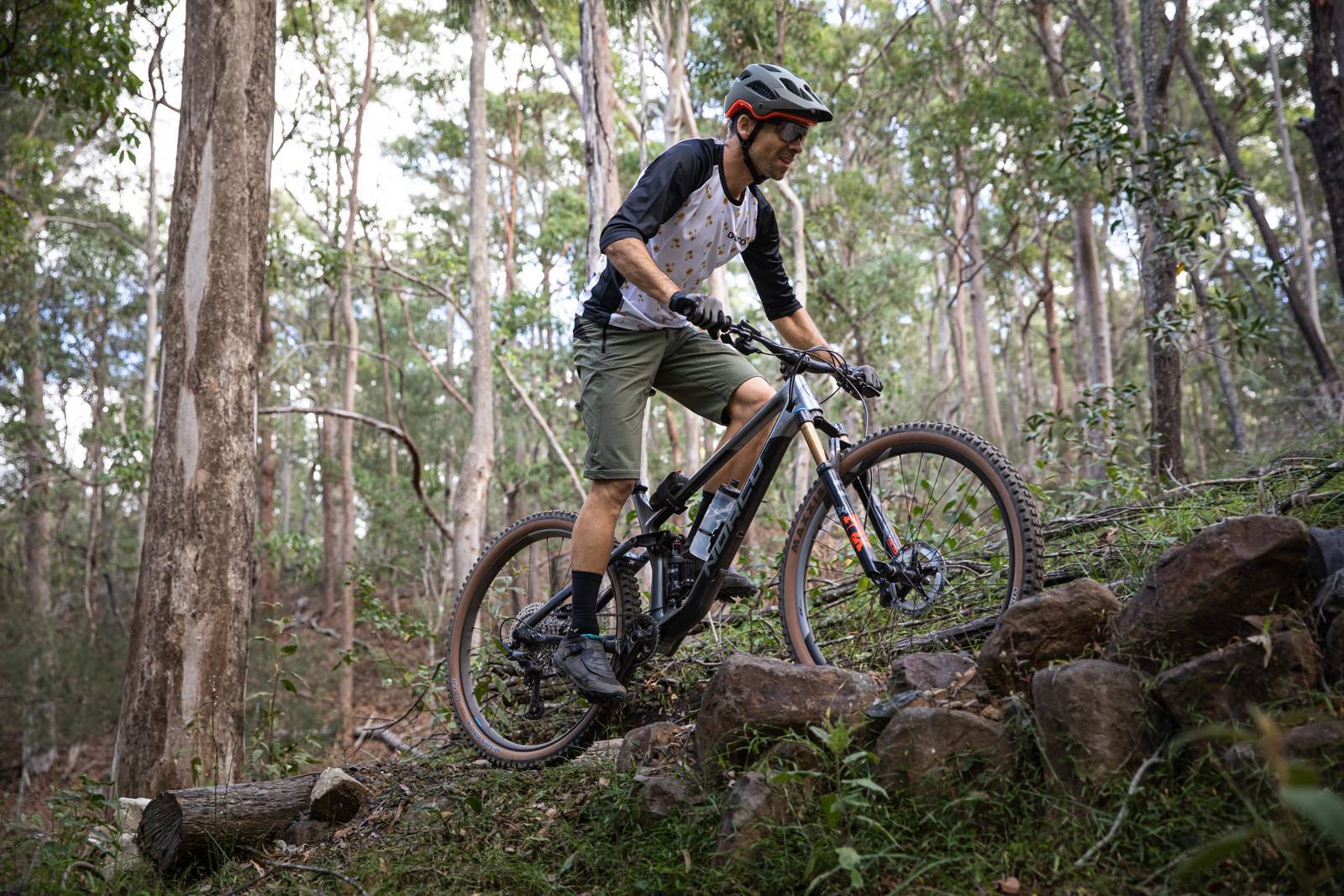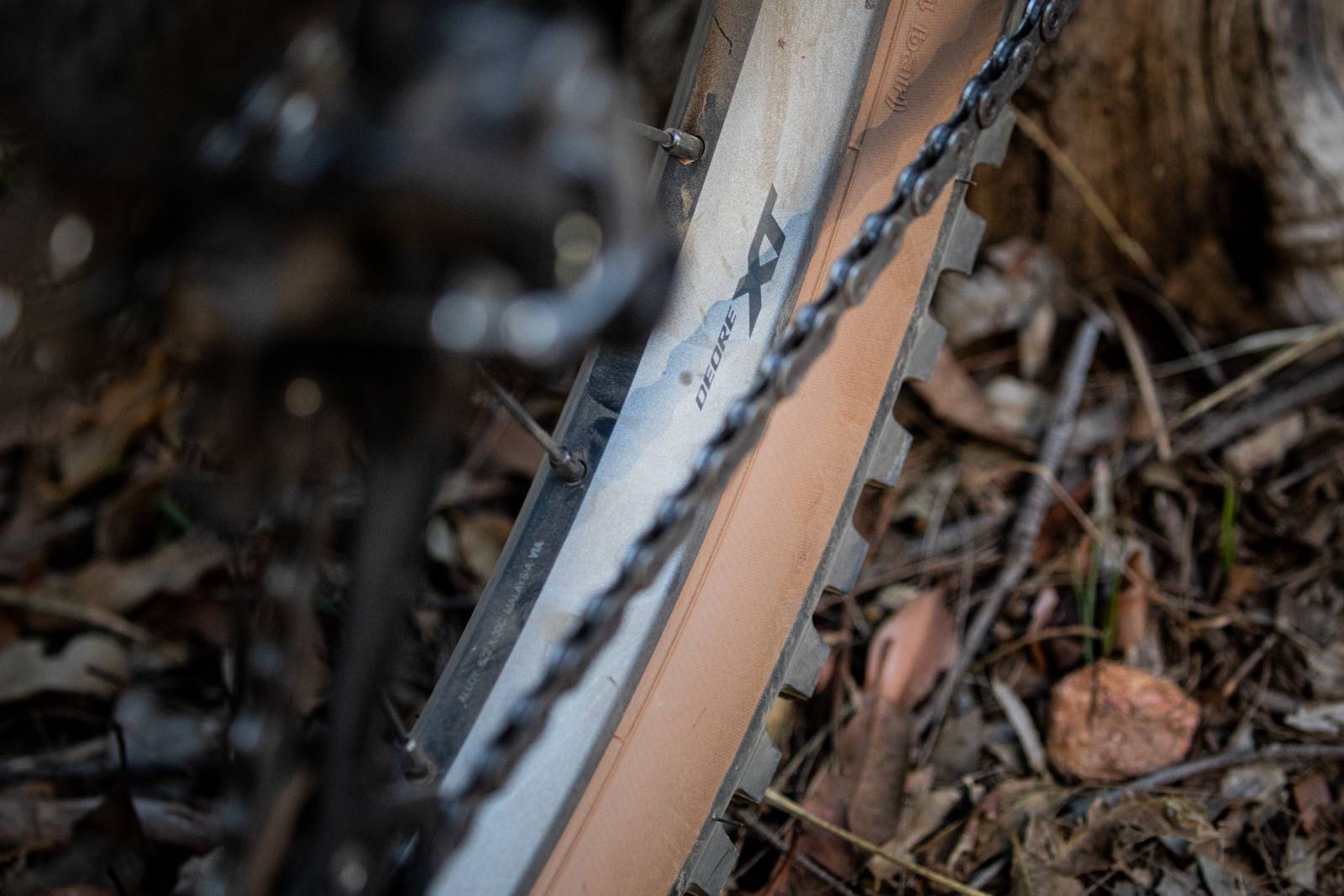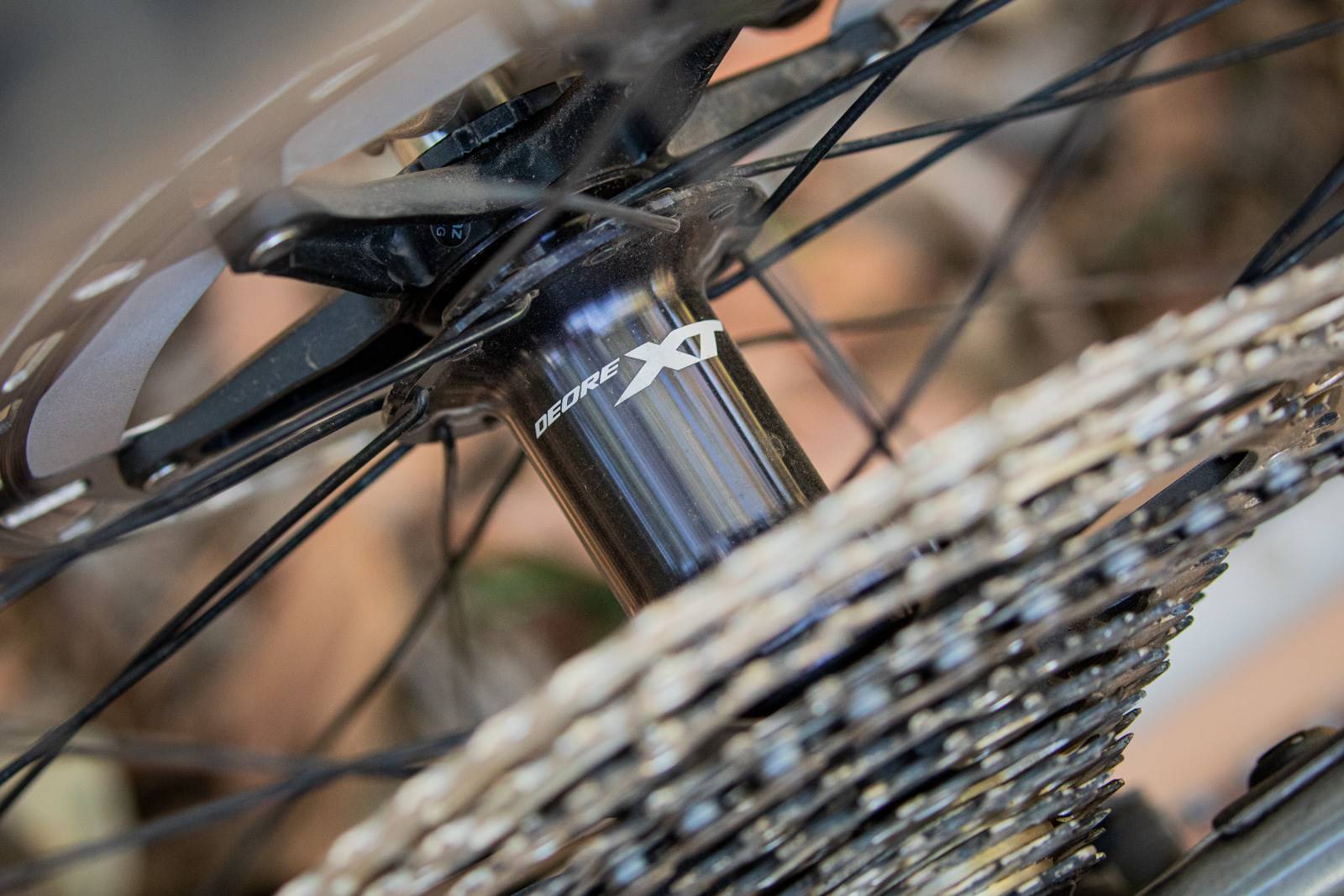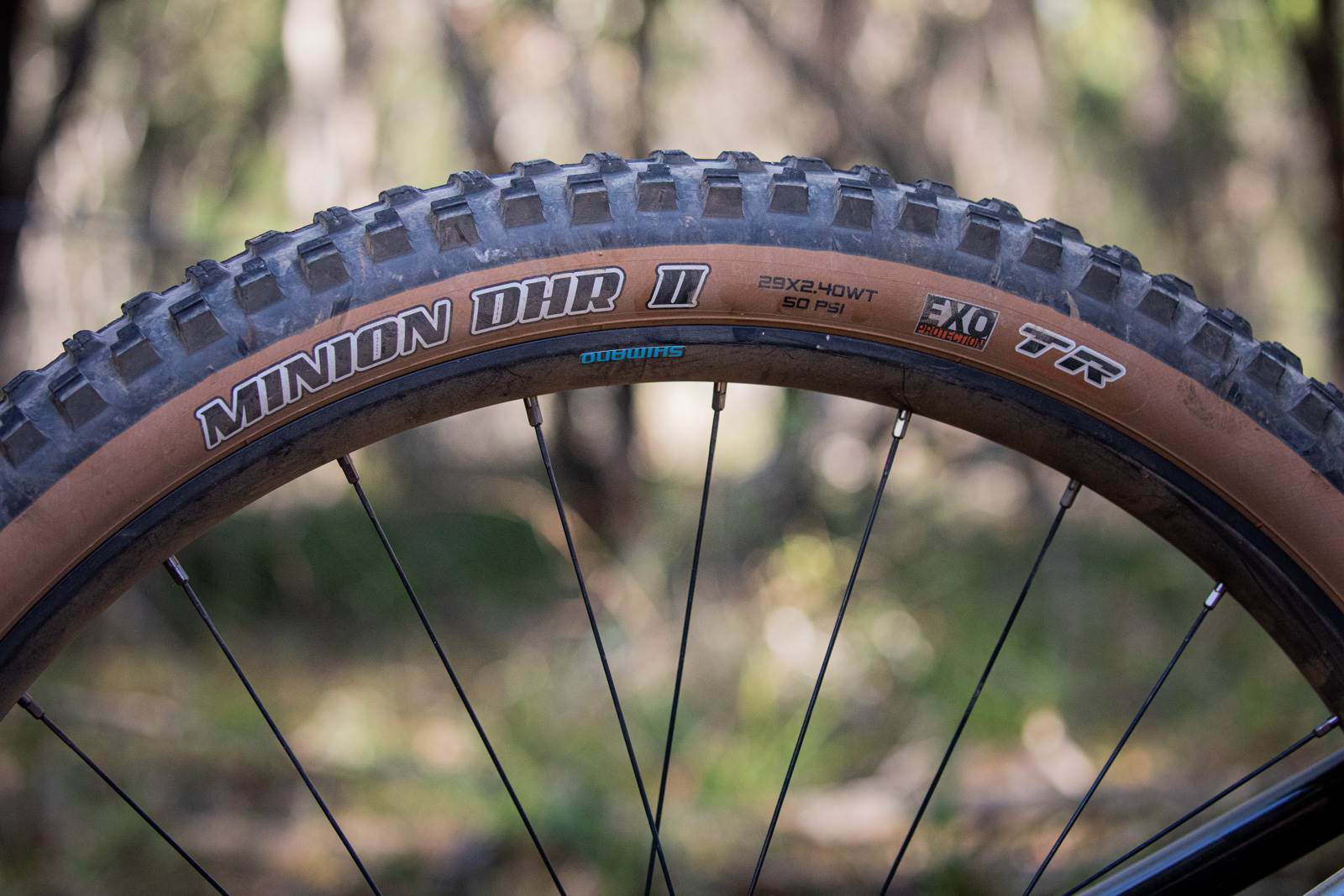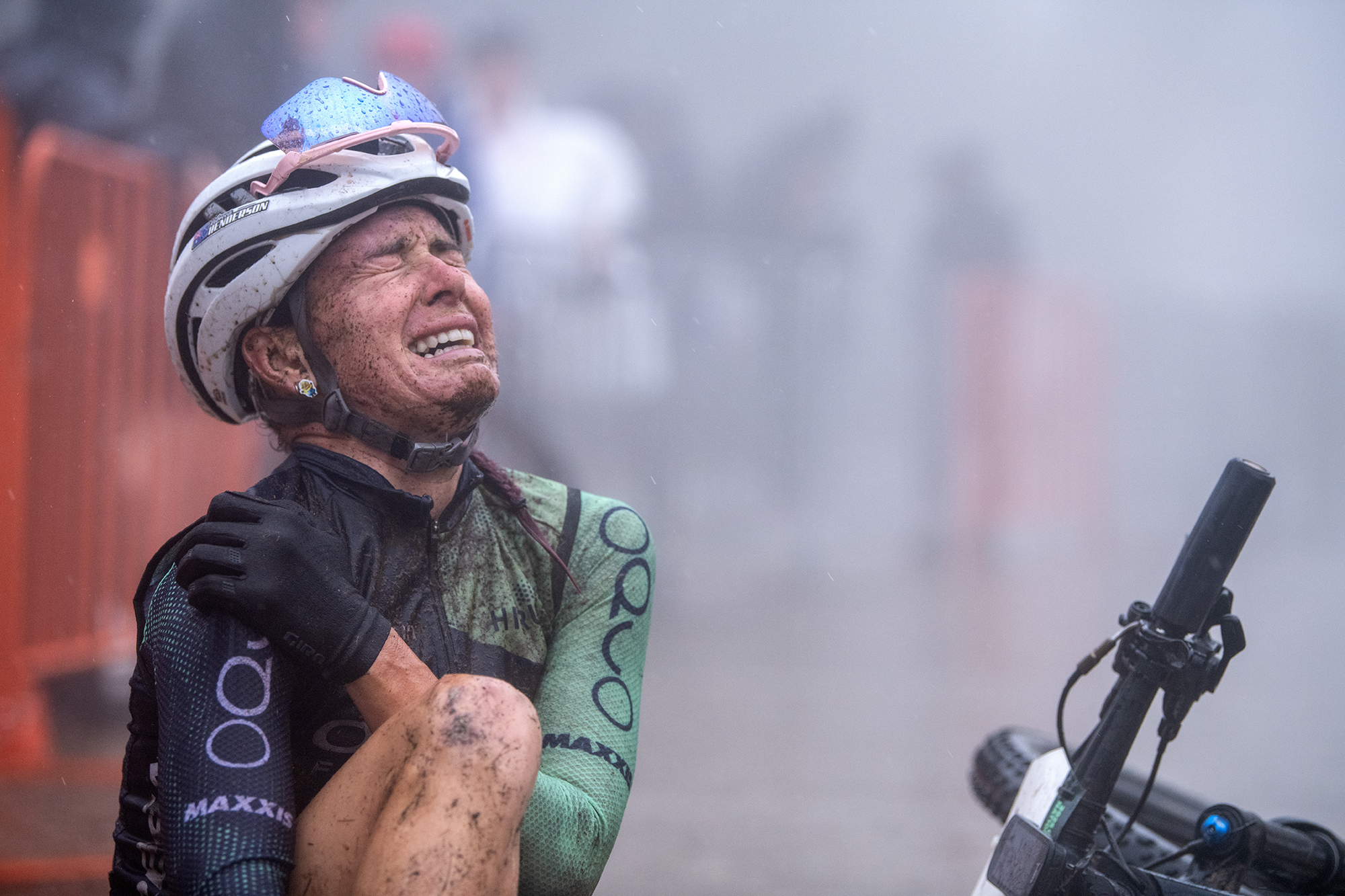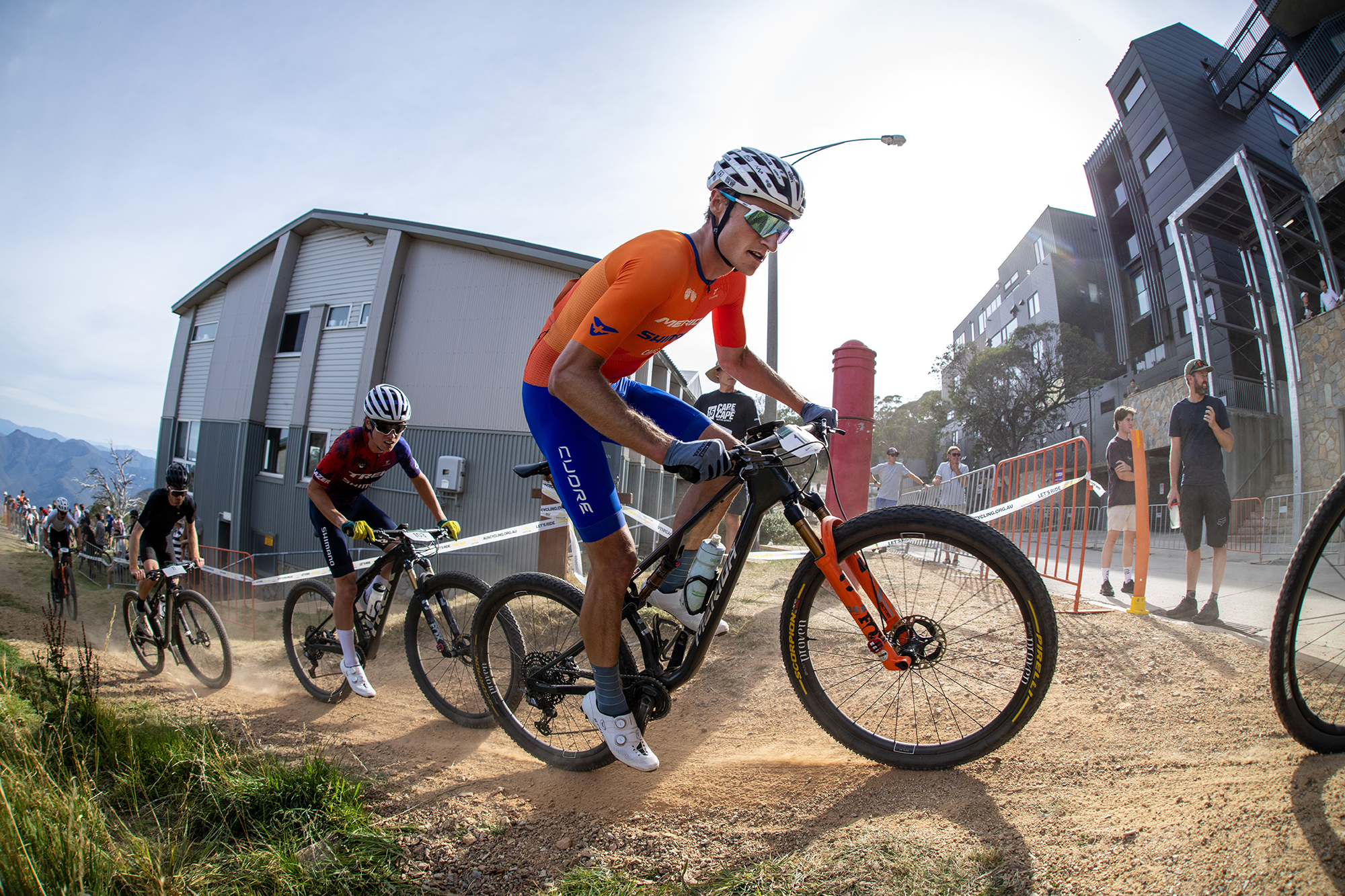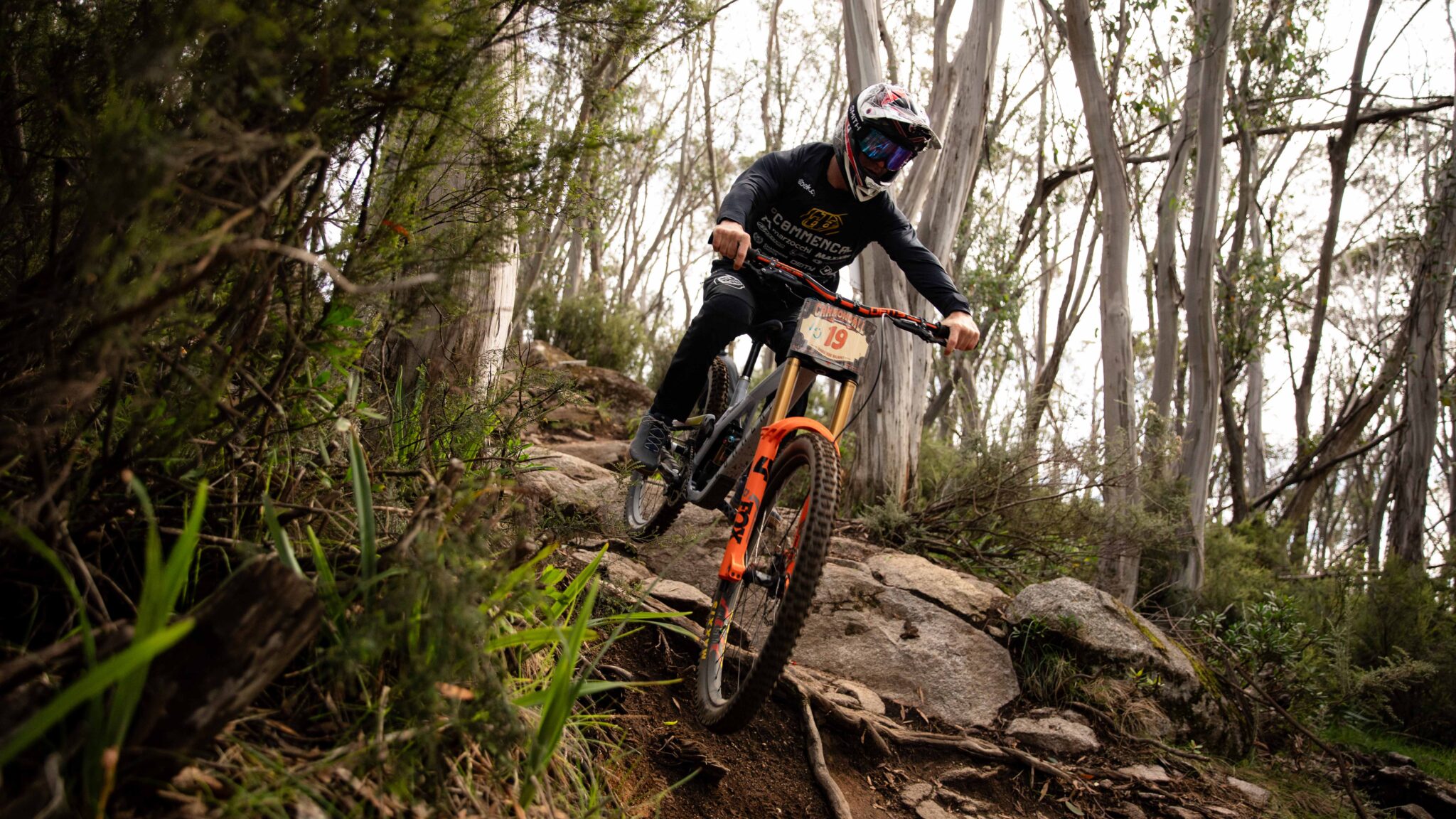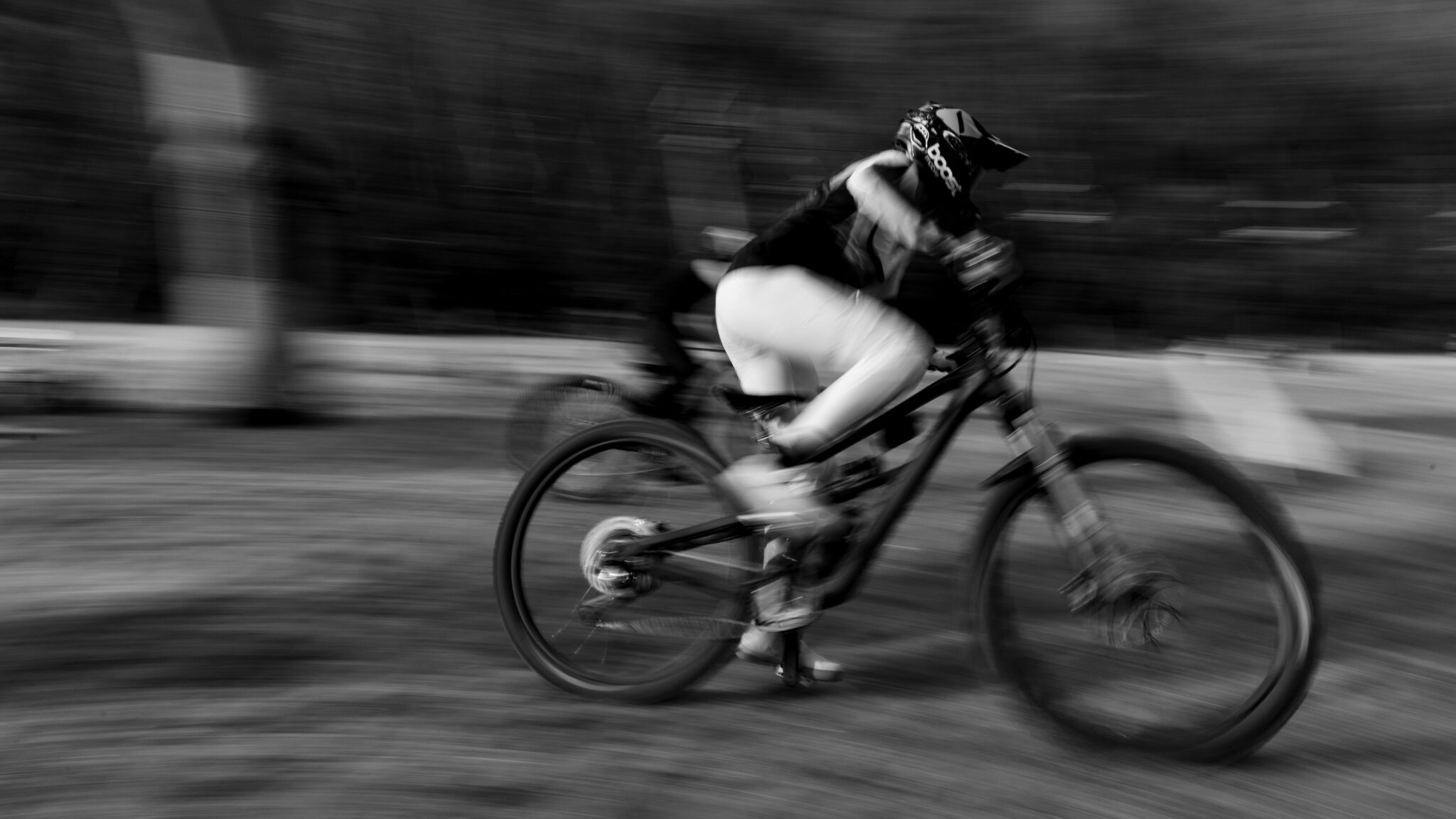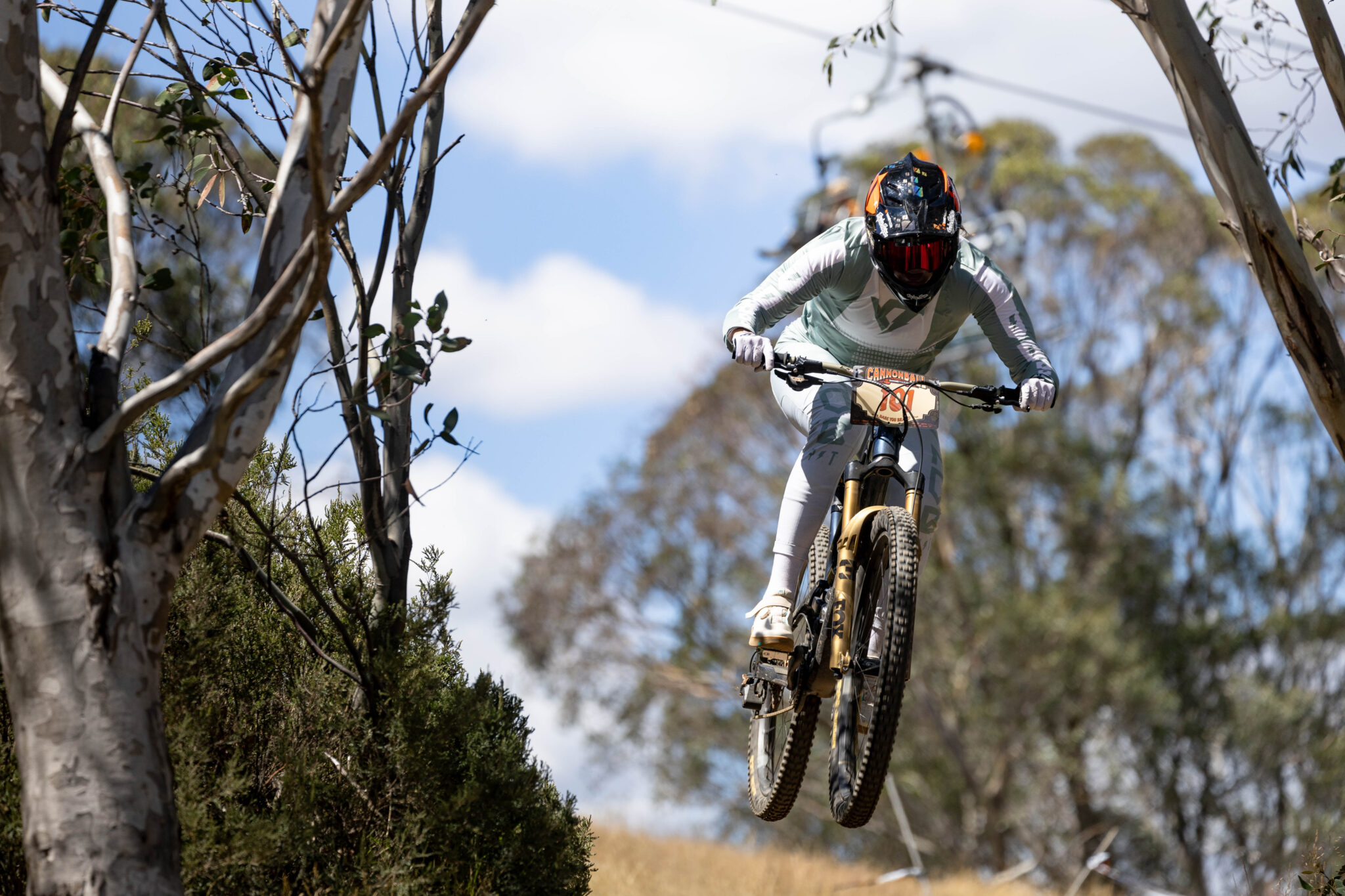Long Term: Norco Optic C3
Get some insight into the Ride Aligned system on our long term test bike, the Norco Optic C3.
Words: Mike Blewitt Photos: Colin Levitch
It's been a couple of great months on the Norco Optic C3 since our last issue, and if you have seen the upgrades on our website and social media you'll know what we're talking about.
With the original parts spec of the Norco Optic C3, you get an entry-level SRAM Eagle group set, some nice wheels with Novatec hubs and NoTubes Flow rims, and a Pike Select fork. While the Optic was the perfect bike to test the Microshift Advent X 1×10 system on for this issue thanks to the HG spline on the hubs, when Shimano launched the new Deore M6100 12-speed group set including a 10-51 cassette and Hyperglide Plus chain and cassette, that was the perfect upgrade to the Optic.
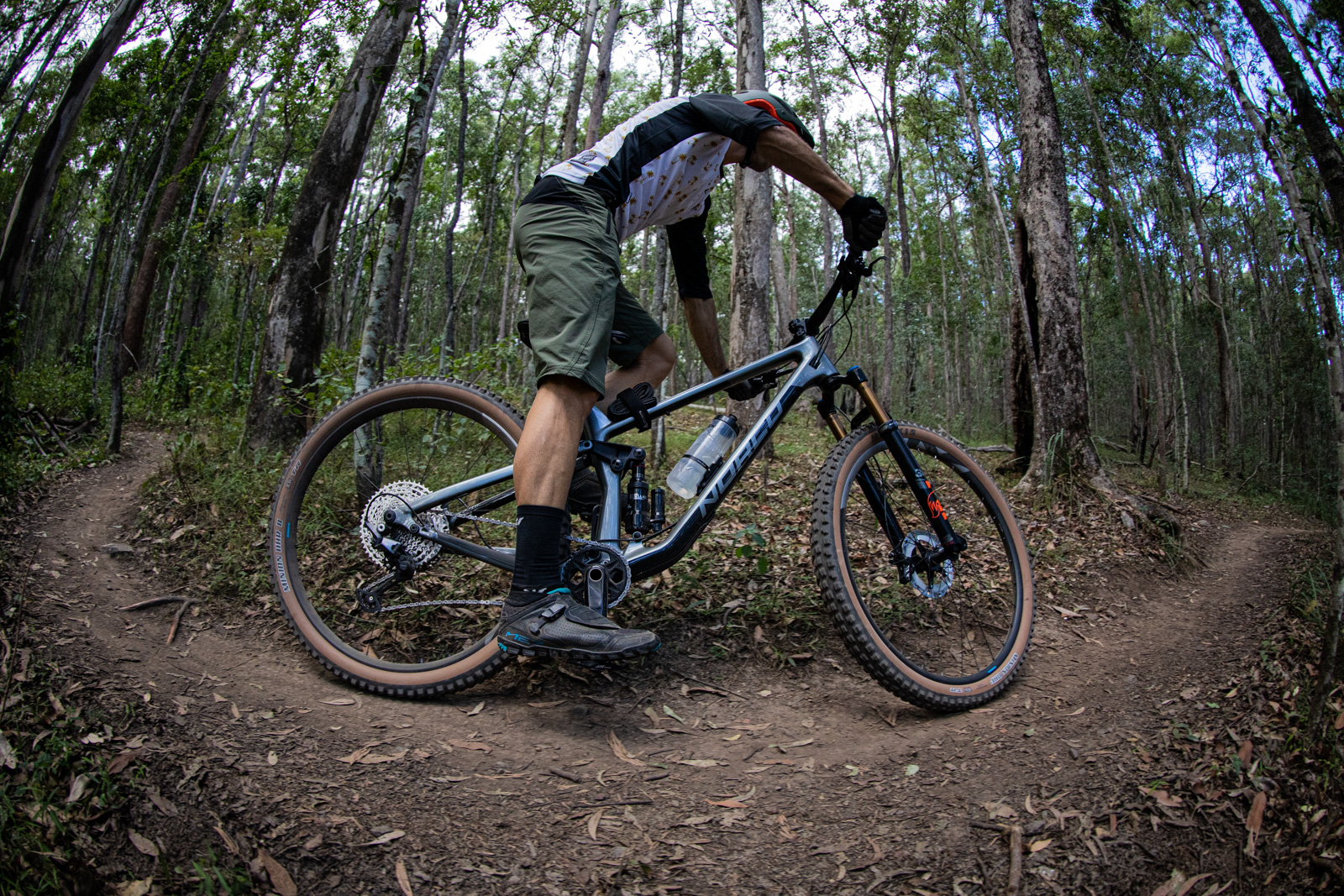
The Deore M6100 12-speed group has the same 10-51 gear range as SLX, Deore XT and XTR, but more importantly, it shares the tooth profiling and chain design, which makes for much faster shifts to harder gears, especially when under load. So while some people might not see changing from a SRAM NX Eagle group set to Deore as a huge upgrade, on the bike and on the trails the difference is really noticeable. The upgrade to the brakes is very noticeable as well, with the Deore M6100 brakes having the new lever shape which is much stiffer. I also slung on the Shimano XT Trail wheels, with a 30mm internal width and fast-engaging hubs. They're a bombproof set of wheels with hubs that spin for days! The Maxxis dark tan Minions set it off perfectly.
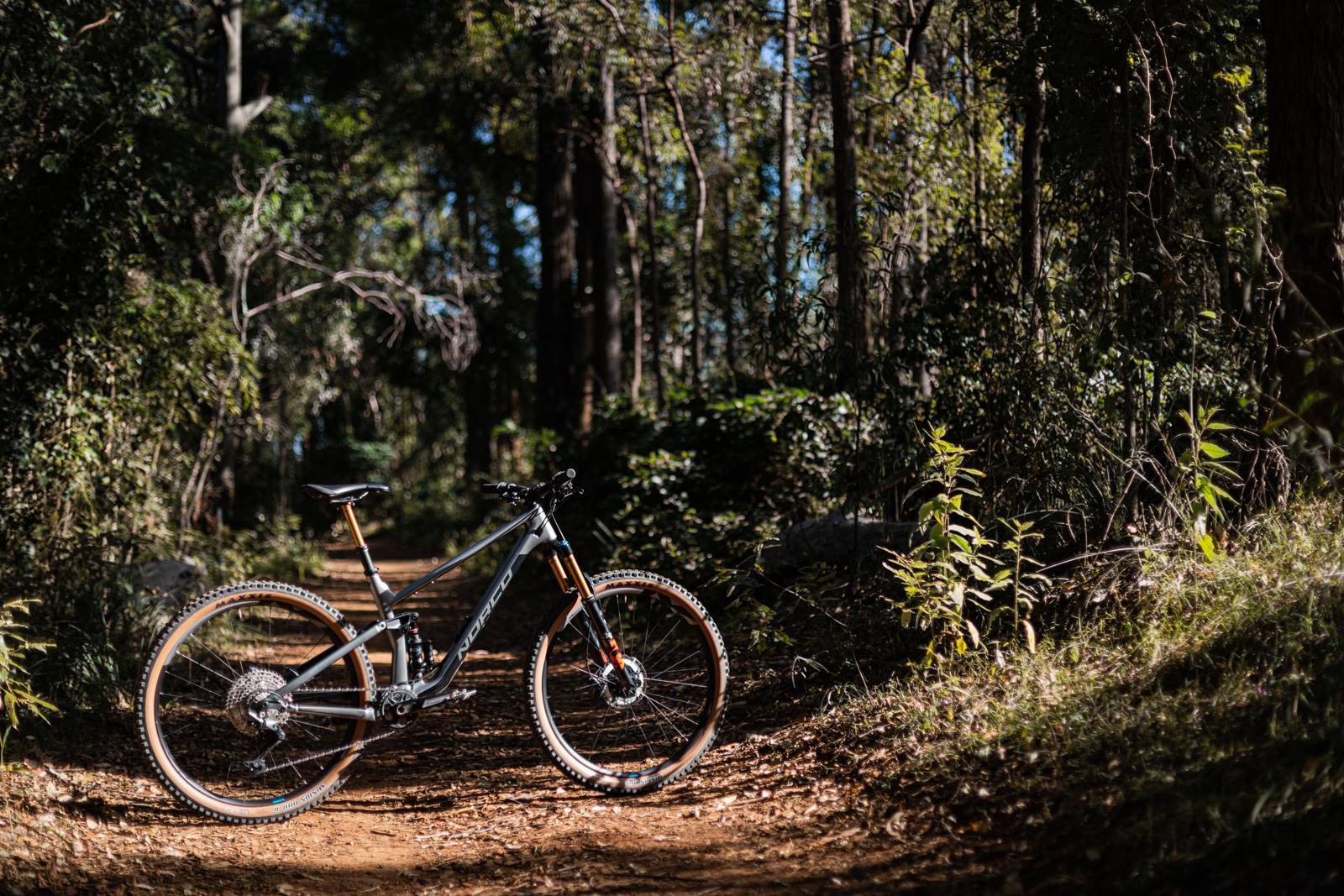
So with the Fox Factory 34 GRIP2, new wheels, tyres and group set – it must ride like a whole new bike, right? Of course, it is super crisp. But like any performance mountain bike, how a bike rides really comes down to your fit on it, and getting the suspension setup just right.
Understanding Ride Aligned
Norco's Ride Aligned concept and setup guide plays a big role in bike setup and performance for the Optic and many of their other trail and all-mountain bikes. Being able to really nail tyre and shock pressure, rebound damping, bar height and width, volume spacers and more, all based on your height, weight, gender and skill level is pretty intense. I wanted to know more, so I got on a call with Paul Burnett and David Cox from Norco. Funnily enough, the conversation starts all the way back with designing the entry level Fluid FS, and the World Cup XC bike, the Revolver.
“One of our previous engineers started on this with the Fluid in 2017,” Burnett said. “And you can see the trickle on what we have been working on. The Fluid certainly influenced what the Optic would be.”
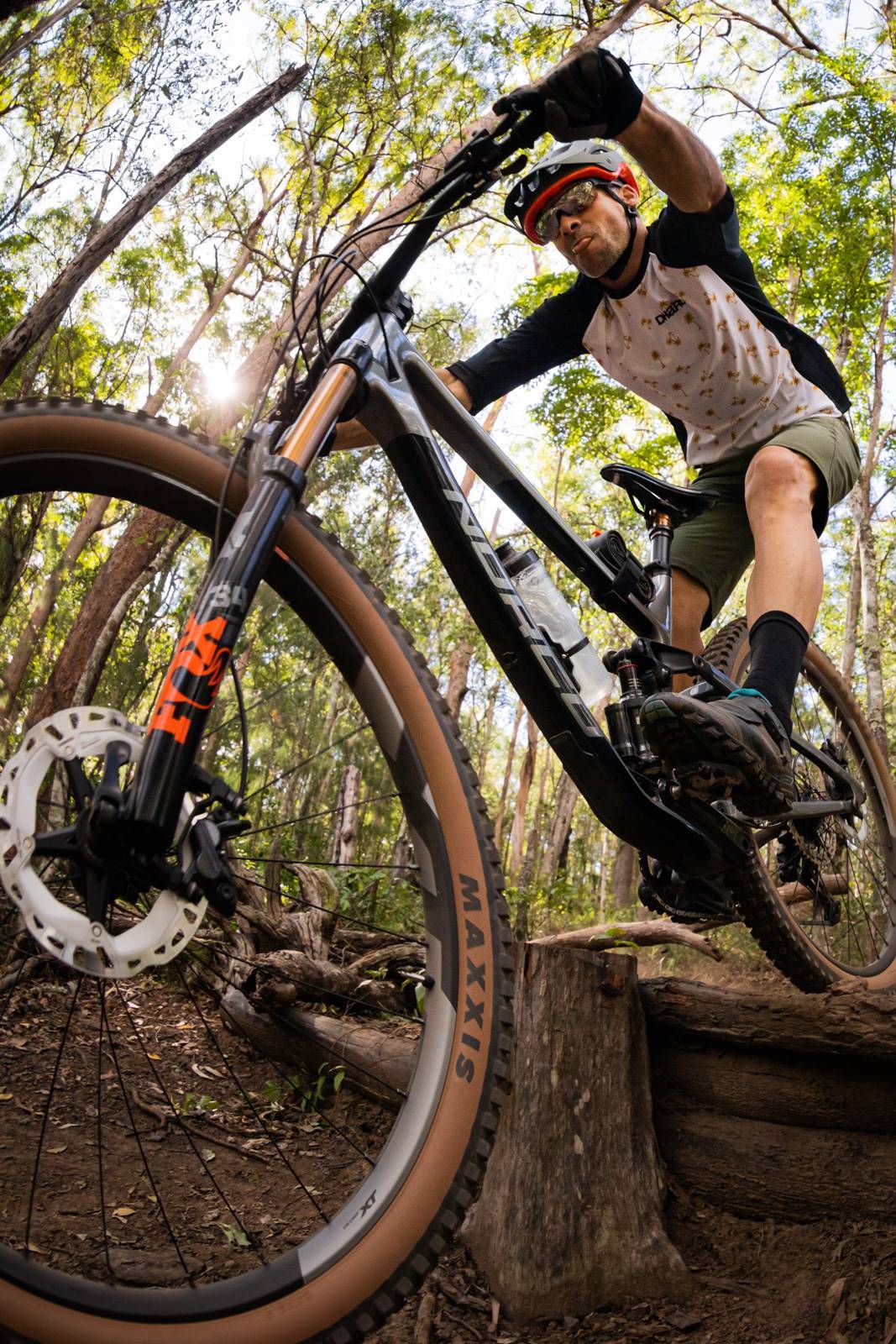
The first bike that both Burnett and Cox worked on was the Revolver, this started their push toward really progressive suspension and geometry, and it was all based on rider and real world feedback, not chasing longer, lower, slacker just for the sake of it. Cox studied riders bikes. Why did they run long and low stems? Why did the put their seats so far forward?
“We saw a lot of similar trends, and riders did it because it worked. We thought if we could do this with a bike, then a rider doesn't need to adapt it in the same way. And that's why we ended up with the geometry on the Revolver, and the suspension as well.”
Cox and Burnett also worked with Arthur Gaillot, a consultant who helps a huge range of riders and athletes get their fit right on a bike, and their suspension working as it should.
“From the Revolver we started to fully understand rider weight balance for climbing and descending,” adds Cox. They could adapt this to other bikes and other riding styles easily enough. Norco already had size specific characteristics within their bikes with Gravity Tune, which sees the rear centre and front centre measurements grow (or shrink) in the same ratio across size ranges, to make sure riders all get a similar ride on the one model, no matter what size they're on.
“What David and Arthur have gone and done with Ride Aligned,” explains Burnett, “is expand that into a full story of weight balance and your centre of gravity. That's the differentiation with Gravity Tune.”
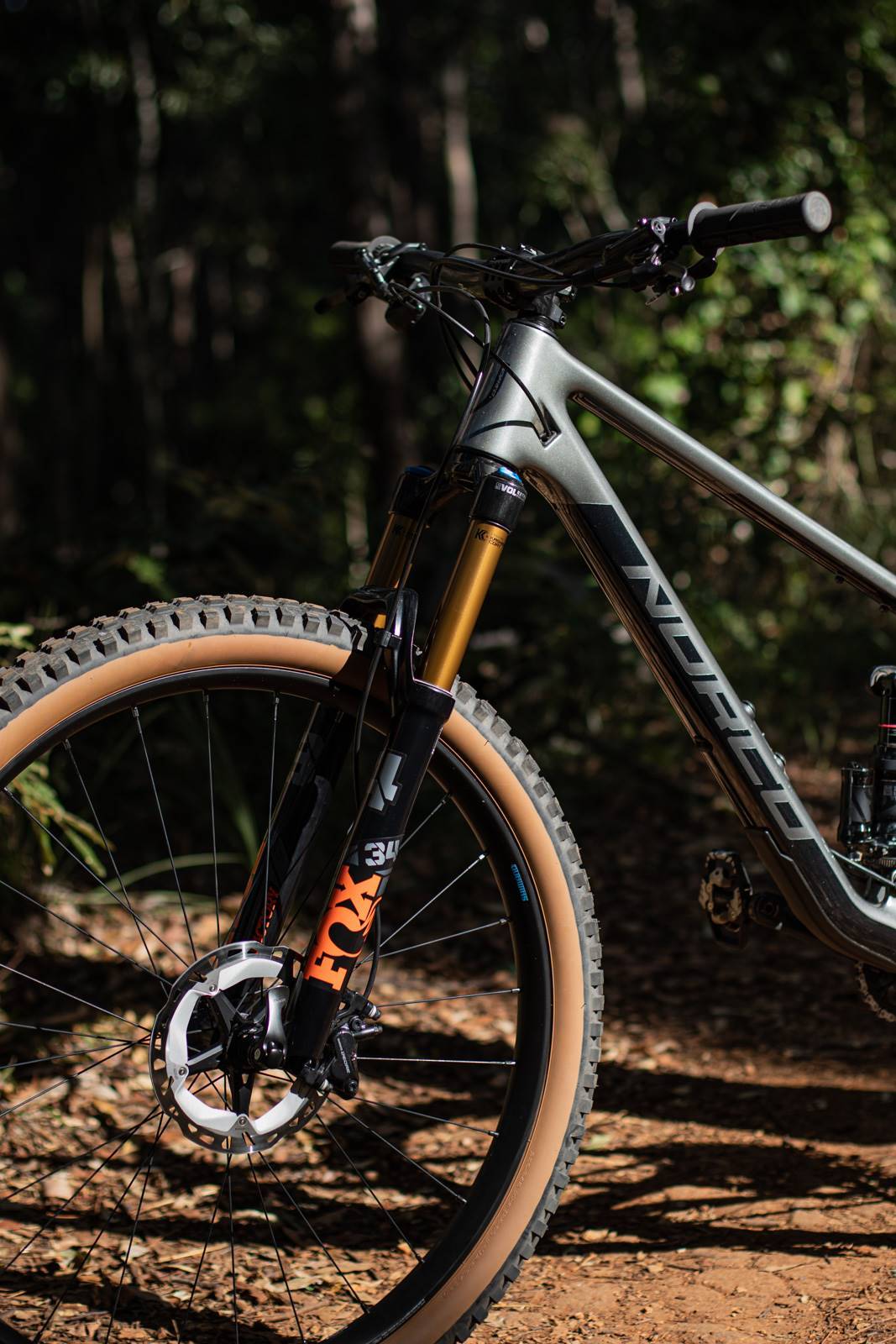
Starting with the Optic and Sight, Cox and Gaillot worked on a rider's fit on the bike, the geometry, and the suspension kinematics. “Those three things cannot be designed independently,” states Cox, “you need to understand how they interact with each other. And that's what Ride Aligned is, it's those three things coming together. The result is the bike, but also the setup guide so anyone can get the bike and set it up to ride the way we intended it to.”
Of course the back story involves an incredible amount of time at the computer, and on the trails. Cox started by putting his own modelling together from anthropometric data.
“I processed a lot of it and built models so I could plot humans of different heights on the bike. Then I could adjust the geometry of the bike and the virtual human would reposition on the bike, so you could calculate where the centre of gravity was for that rider and bike system. So that does fit, but then it brings in geometry as well.”
This also helped Cox cover their required size range with four sizes and not five, and the next step was suspension kinematics. They used Linkage software but then developed their own to get further data and modelling.
“We wanted to make the bikes climb and descend better than the predecessors,” and a lot of that meant a longer reach and opening up the head tube angle, with a steeper seat tube position for easy climbing in the saddle. Many of those benefited the descending prowess as well. “We needed to make sure it wasn't only going to work for expert riders. And that's not as easy to do as it sounds.”
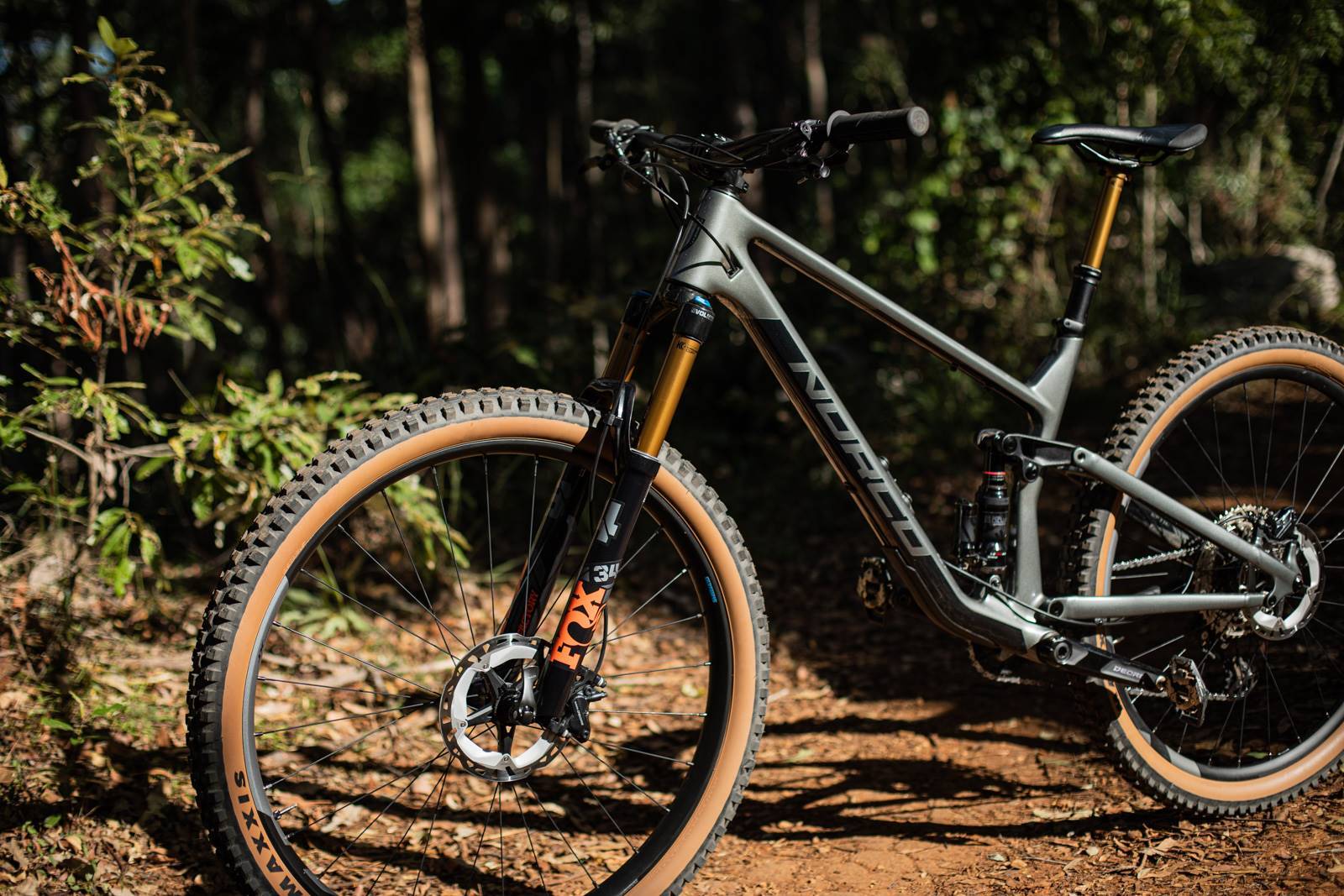
They tested their own bikes, and competitors bikes, with different settings to plot suspension curves and ride feel. It took near countless hours, but let them determine where they wanted the suspension curves to be, and how different suspension products would help them achieve it.
“The Ride Aligned database has 9 skills levels built in,” explains Cox when I query about how all the calculations work. “But we also have a calculator on your morphology. It uses a matrix from a grid of 26000 numbers.” From there it calculates where you fit for the calculation. “If you're tall and skinny it puts you to the end of the spectrum. It will up my fork pressure, drop my shock pressure and even open up my fork damper. And then it will calculate rebound. And then it does skills on top of that. As you go up in skill, the bike gets stiffer. But higher again the bike gets stiffer at the front more than the rear, but that changes bike to bike as it depends on the bike's kinematic and personality. We use software to drive the initial numbers, but it's fine tuned by real world data.”
The fine tuning from real world testing is where the personality of the bike comes in, and in that sense the new Optic is a world apart from the previous model. And that's exactly what Burnett wanted.
“When I took over the Optic, I had to think where does this bike go?” Burnett stated. “There was this push to have it as 'one bike to rule them all' but I don't think bikes work that way. Bikes have personalities, and there are so many brands that have bikes of different travels, but they have the same personality. So with the Ride Aligned concept and the intent of what we wanted to do, we wanted to differentiate. Is the Optic for everyone? Probably not. It's a smashing, trail destroying short travel bike that we thought might be really niche. But it turns out that it really intrigues people!”
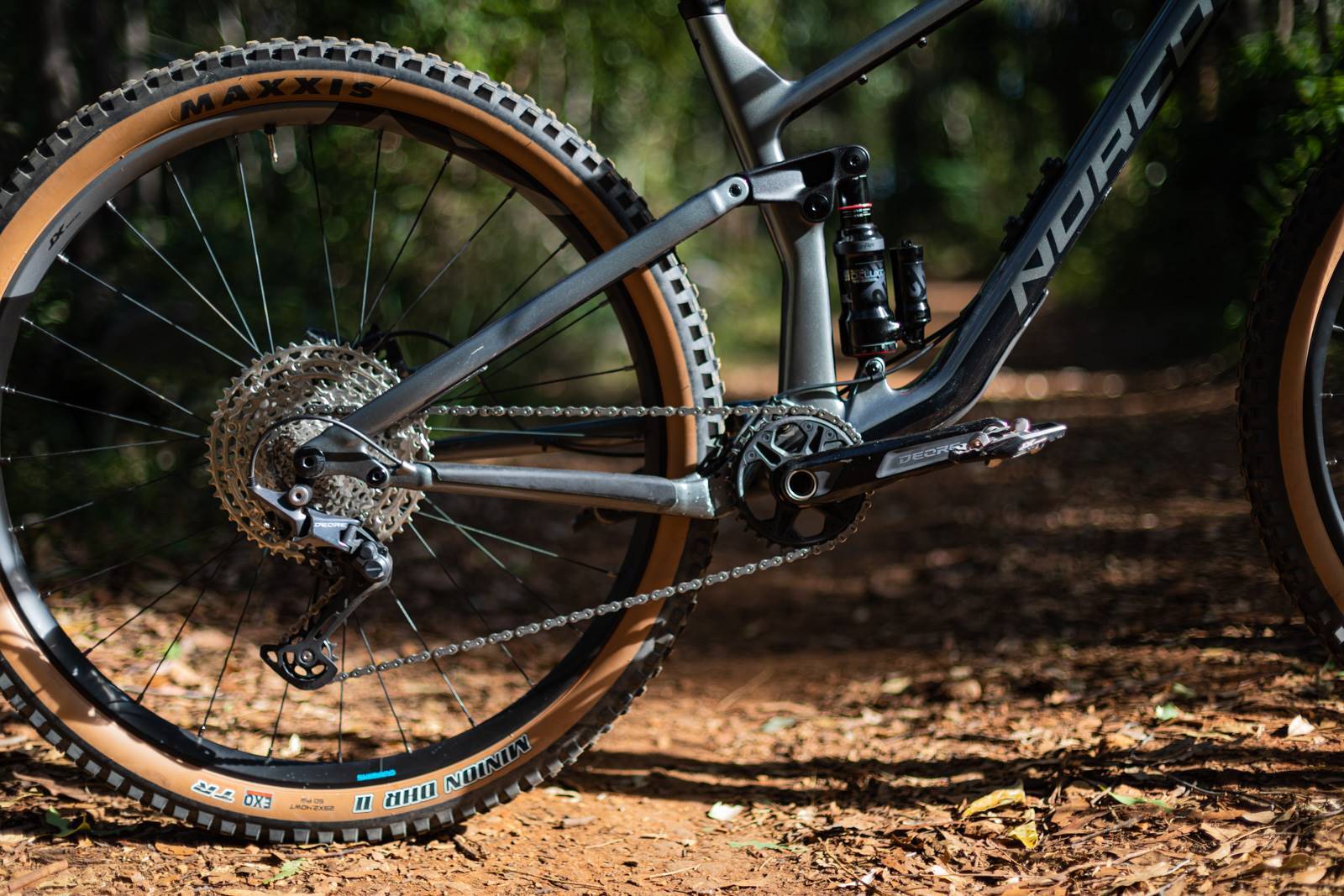
All the data that helped Norco develop the Optic and Sight has now meant they can offer a tool to help everyone get the most out of their bikes, and the Ride Aligned guide does push to a few more models, and the data is being used to develop and modify their platforms.
“We knew the bikes could ride incredibly well,” adds Burnett. “But if you set it up badly it kind of sucks. You can take any great bike and make it terrible with bad set up. We wanted to guarantee every single person could get the most out of a bike possible. There's still some fine tuning that the rider might need to be done, and the software gives those tips.”
Find out more about the Norco Ride Aligned system on their site HERE

